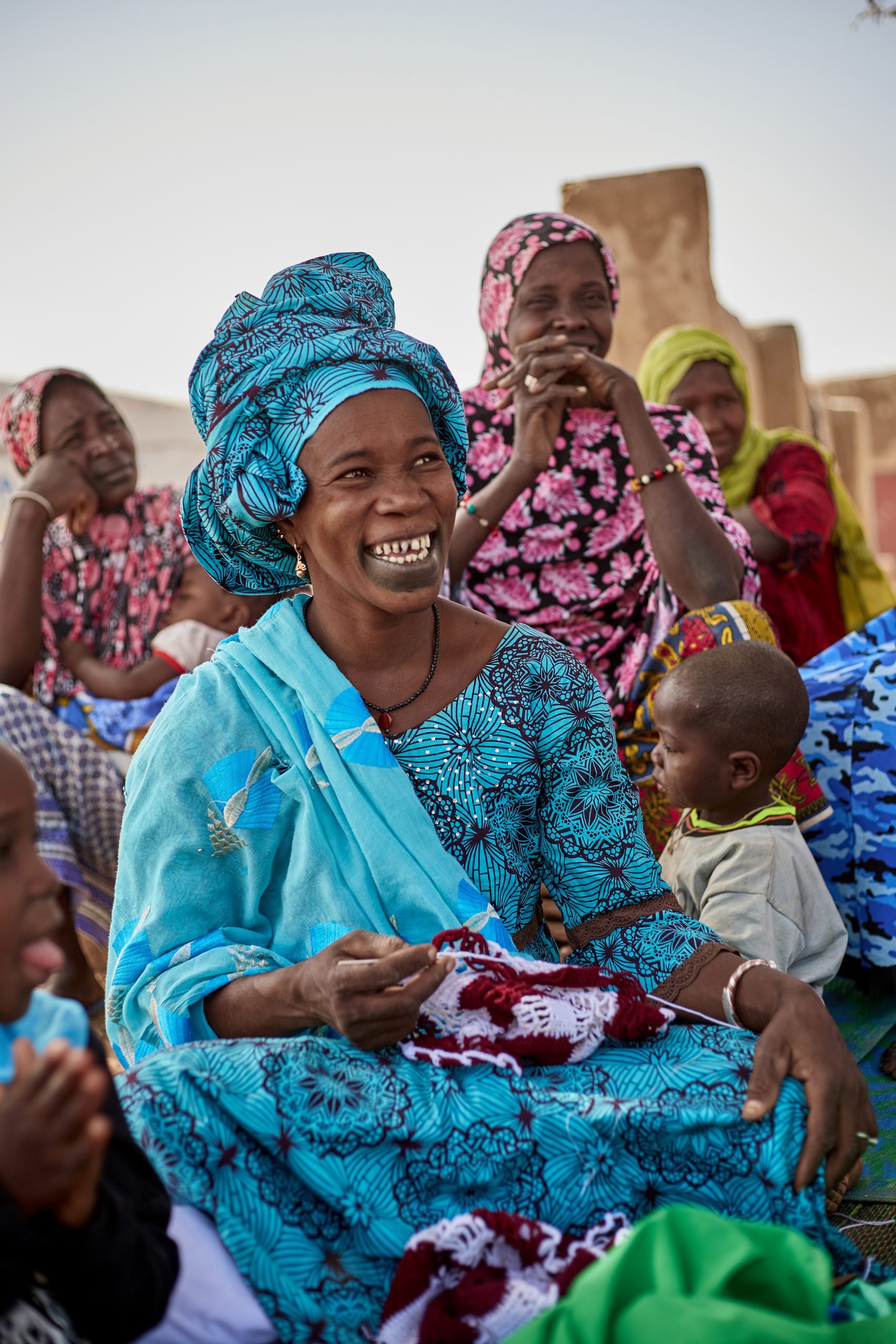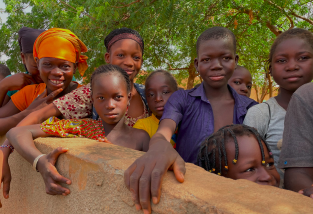Communities face movement restrictions
31%No access to GBV services
16%
Sahel Region
People across the Sahel are facing a deepening humanitarian and protection crisis. While most displacement is caused by armed groups targeting civilians, natural hazards such as seasonal floods add further pressure. Since 2025, gaps in food security and other basic assistance have become the fastest-growing reasons why families are forced to move, following major global funding cuts and programme suspensions. These shocks hit a region already coping with high poverty, limited economic opportunities, and scarce essential services, making displacement even more devastating for communities.
 © DRC
© DRC

Burkina Faso
© DRC